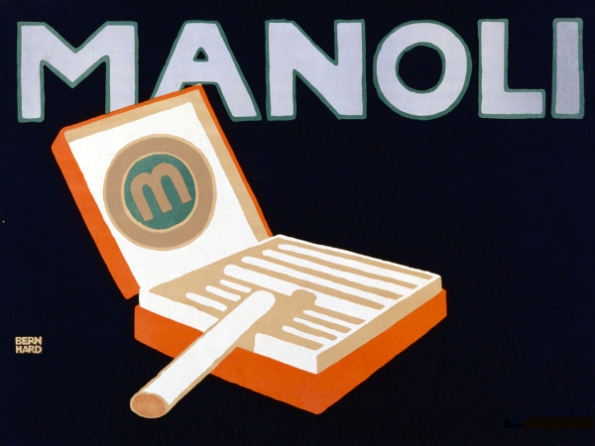Symbols are very common in literature, art, stories, motion pictures, and graphic design. When I say symbols, I don't just mean logos or pictographs: I mean symbols such as famous people, common everyday objects, flags, letters, and other things relating to a cause or meaning. Often times, it is difficult to make a work of art or a poster if you don't have a good symbol to represent the cause. In fact, sometimes the meaning is forced. For example, what if a Hello Kitty face logo actually meant "danger" on another life-filled planet? Also, one should keep in mind that the Swastika used by the Nazi Party of the Third Reich was originally (and still is) a sign of good luck in Hindu and Buddhist communities; in fact, it was once popular all over America as well for a sign of good luck.

So yes, it turns out, people and characters like Che Guevara, Mickey Mouse, Adolf Hitler, Albert Einstein, and so forth, can be symbols as well. This is evident in the contemporary word art piece featuring Albert Einstein, "Einstein secret: Find the Hidden Numbers" on the left by Juan Osborne. Einstein in this case is a symbol of unbridled knowledge, innovation and curiousity.
.jpg)
On the right shows a strange use of such symbols, in 1982 by the graphic artist collective group called Grapus. It shows the "Have a Nice Day" smiley, however it has Mickey Mouse ears, a bullseye for a right eye, a hammer and sickle for the left eye, what appears to be Hitler's moustache and haircut, and finally the smiley is eating an arrow-shaped sign that says "Expo," likely referring to the World's Fair. This image invokes so many messages at once and contradicts itself, and confuses the viewer profoundly. This image has so much parody that it is actually a farce.
 So yes, it turns out, people and characters like Che Guevara, Mickey Mouse, Adolf Hitler, Albert Einstein, and so forth, can be symbols as well. This is evident in the contemporary word art piece featuring Albert Einstein, "Einstein secret: Find the Hidden Numbers" on the left by Juan Osborne. Einstein in this case is a symbol of unbridled knowledge, innovation and curiousity.
So yes, it turns out, people and characters like Che Guevara, Mickey Mouse, Adolf Hitler, Albert Einstein, and so forth, can be symbols as well. This is evident in the contemporary word art piece featuring Albert Einstein, "Einstein secret: Find the Hidden Numbers" on the left by Juan Osborne. Einstein in this case is a symbol of unbridled knowledge, innovation and curiousity..jpg) On the right shows a strange use of such symbols, in 1982 by the graphic artist collective group called Grapus. It shows the "Have a Nice Day" smiley, however it has Mickey Mouse ears, a bullseye for a right eye, a hammer and sickle for the left eye, what appears to be Hitler's moustache and haircut, and finally the smiley is eating an arrow-shaped sign that says "Expo," likely referring to the World's Fair. This image invokes so many messages at once and contradicts itself, and confuses the viewer profoundly. This image has so much parody that it is actually a farce.
On the right shows a strange use of such symbols, in 1982 by the graphic artist collective group called Grapus. It shows the "Have a Nice Day" smiley, however it has Mickey Mouse ears, a bullseye for a right eye, a hammer and sickle for the left eye, what appears to be Hitler's moustache and haircut, and finally the smiley is eating an arrow-shaped sign that says "Expo," likely referring to the World's Fair. This image invokes so many messages at once and contradicts itself, and confuses the viewer profoundly. This image has so much parody that it is actually a farce.






